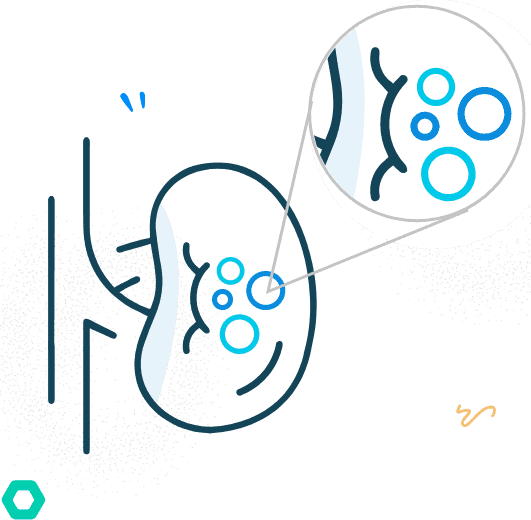Kidney Stone Surgery in Chennai
Kidney Stone Surgery in Chennai
Do you feel a burning sensation when you urinate? This could be due to the presence of kidney stones! Mykare Health in Chennai is here to provide you with a stress free medical experience. We introduce you to skilled kidney stone specialists who have expertise in managing this condition. And the best part? We provide cost-effective rates while maintaining high quality. Say goodbye to the pain and discomfort caused by kidney stones. Drop by Mykare Health today to reclaim your freedom and well-being.40 Minute Procedure
Laparoscopic Procedure
Free Pick Up & Drop
Complete Insurance Support
















































